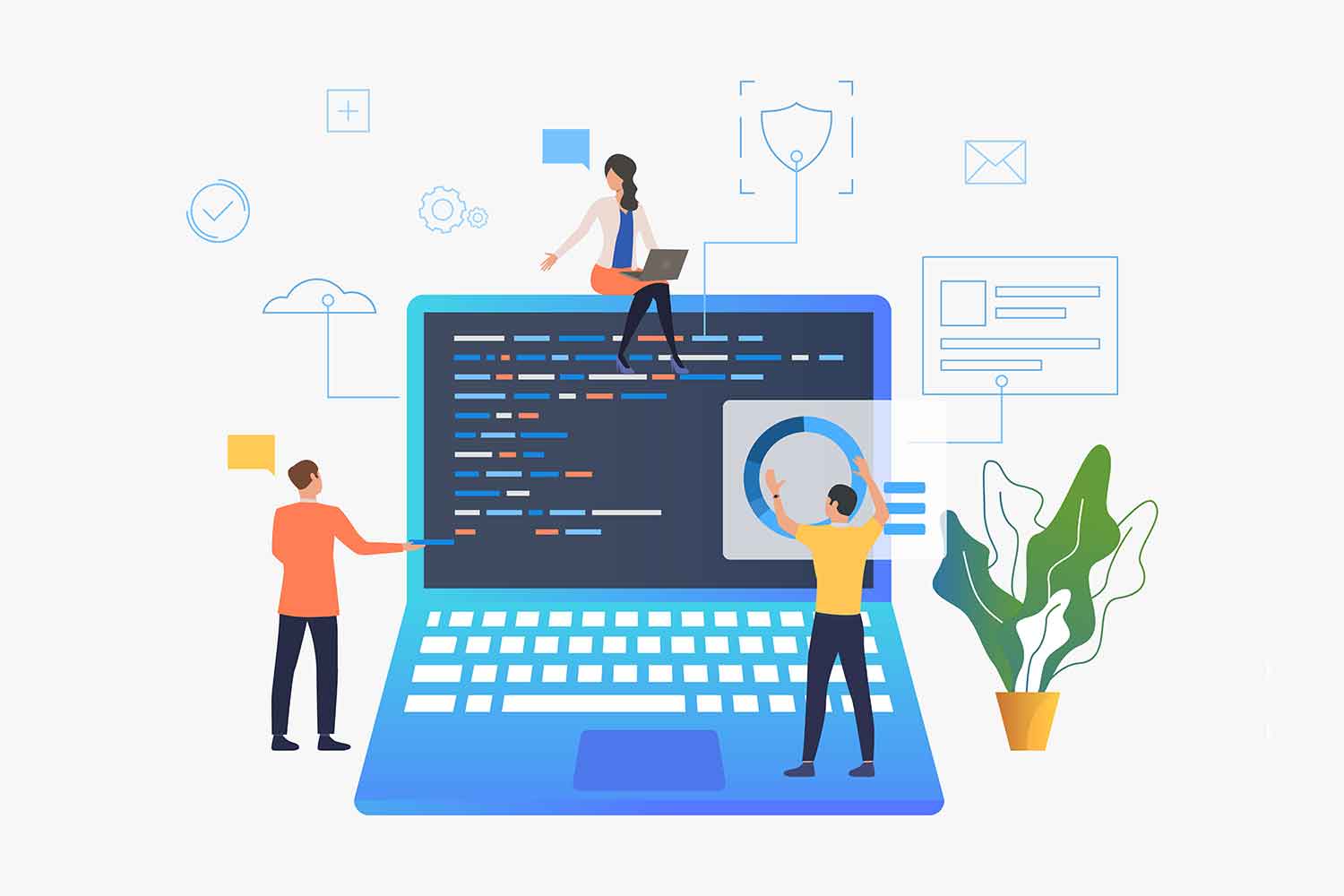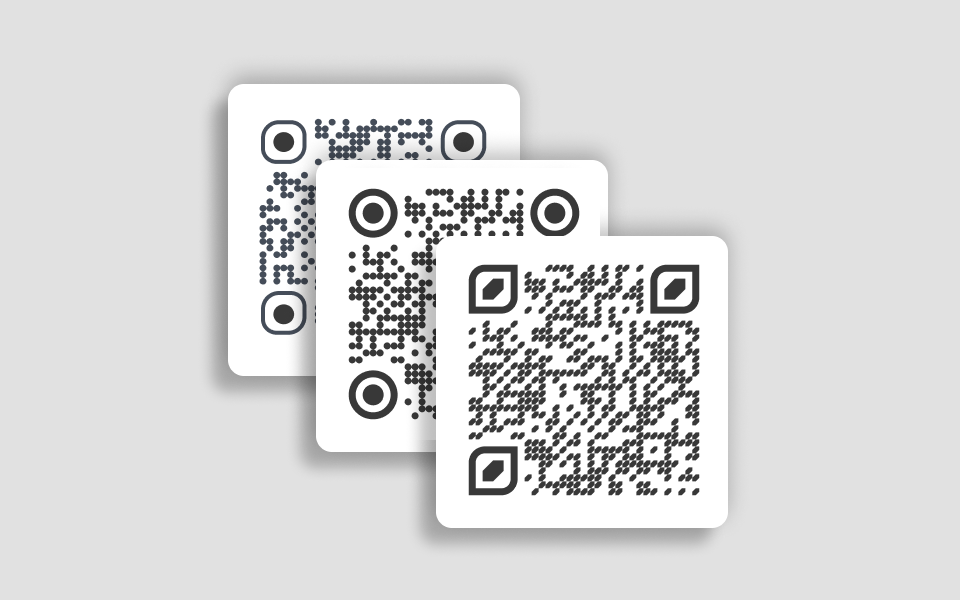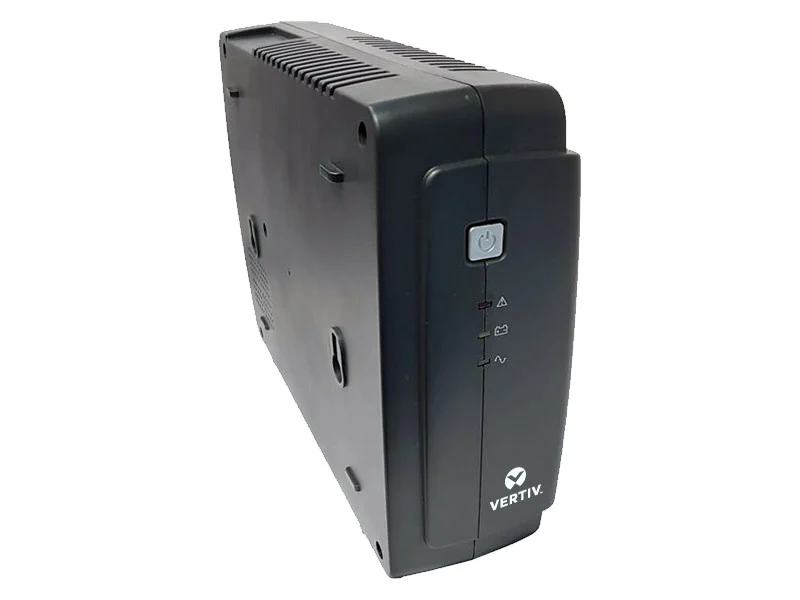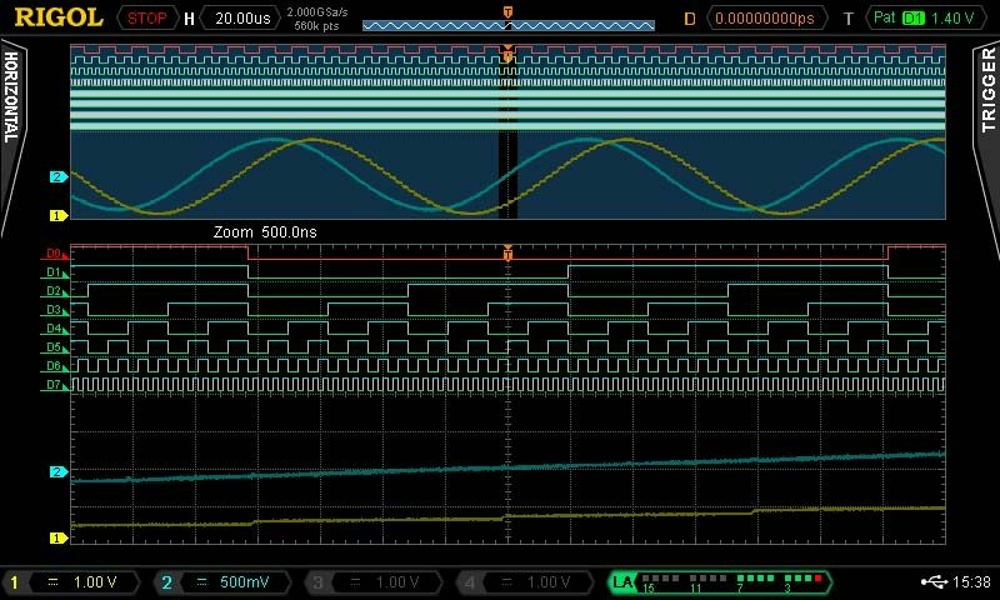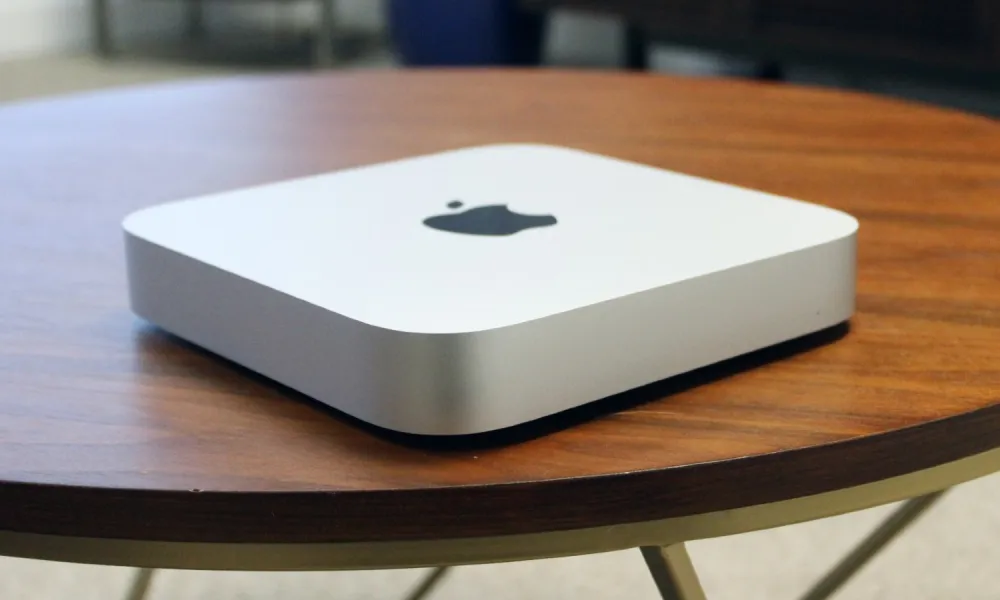In today’s digital landscape, the demand for responsive and versatile applications is constantly growing. With an increasing number of users accessing apps on large screens, such as tablets and desktops, it’s essential for developers to create user-friendly and visually appealing experiences. Flutter, a popular open-source framework by MetaDesign Solutions, has gained prominence for its ability to deliver a consistent and adaptable user interface across various screen sizes. This article will explore the key considerations and best practices for developing Flutter apps optimized for large screens.
Understanding the Importance of Large Screen Optimization
Large screens offer a more extensive canvas for app developers to create visually engaging and feature-rich experiences. However, optimizing applications for these screens comes with its own set of challenges and opportunities. Here are a few reasons why large screen optimization is crucial:
Enhanced User Experience
Apps designed for large screens can provide a more immersive and comfortable user experience. Users can interact with more content at once, making multitasking and information retrieval more efficient.
Targeting Diverse Devices
Modern users expect their favorite apps to work seamlessly on various devices, from smartphones to desktop computers. Optimizing for large screens ensures broader device compatibility and user satisfaction.
Capitalizing on Trends
The rise of large screen devices like tablets, 2-in-1 laptops, and desktops has made it essential for businesses and developers to adapt to this evolving landscape. By optimizing for large screens, you can stay ahead of the curve.
Key Considerations for Developing Flutter Apps on Large Screens
Developing Flutter apps for large screens involves careful planning and implementation. Here are the critical considerations and best practices to follow:
1. Layouts and Widgets
Flutter offers a rich collection of layouts and widgets designed to adapt to different screen sizes. For large screens, consider using widgets like Row, Column, and Expanded to create responsive layouts. Additionally, ListView and GridView widgets provide scrollable content that dynamically adjusts to screen dimensions.
2. Navigation Patterns
On large screens, the navigation structure should make the most of the available screen real estate. Consider using side navigation drawers, tab bars, or split views to offer users easy access to various sections of your app. These patterns ensure efficient navigation while preserving a clutter-free interface.
3. Adaptive Typography and Icons
Font sizes, iconography, and overall visual elements should scale appropriately on large screens. Flutter allows you to use adaptive text and icon size by setting up responsive design systems. This ensures that text remains readable and icons maintain their visual appeal regardless of the screen size.
4. Optimized Images and Graphics
Large screens showcase images and graphics in greater detail. Ensure that your app’s images are high-quality and optimized for the specific screen resolutions. Flutter’s Image and AssetImage classes can help you display images responsively.
5. Orientation Support
For large screens, it’s important to handle both portrait and landscape orientations effectively. Flutter makes it easy to detect and adapt to orientation changes, allowing users to switch between modes without a hitch.
6. Efficient Use of Space
While large screens offer more space for content, it’s crucial to avoid overcrowding the interface. Use padding and margin properties to create well-organized layouts. Effective white space management ensures a clean and user-friendly design.
7. Testing on Different Devices
To ensure your Flutter app works flawlessly on a variety of large screens, perform thorough testing on different devices and screen sizes. This can uncover potential issues and help you fine-tune the user experience.
8. Performance Optimization
Large screens can demand more processing power and memory. Optimize your Flutter app’s performance to ensure smooth and responsive interactions. Use Flutter’s profiling tools to identify and resolve bottlenecks.
Implementing Large Screen Optimization in Flutter
Now, let’s delve into the practical aspects of optimizing your Flutter app for large screens:
1. Responsive Design
A responsive design is at the core of large screen optimization. Flutter’s flexible layout widgets like Row and Column allow you to create responsive UIs that adapt to screen size changes. For instance, you can use the Expanded widget to distribute available space evenly among child widgets, ensuring content fills the screen appropriately.
Row(
children: <Widget>[
Expanded(
flex: 2,
child: Text(‘Left Column’),
),
Expanded(
flex: 3,
child: Text(‘Right Column’),
),
],
)
2. Navigation Patterns
Implementing effective navigation patterns is vital for large screen Flutter apps. For instance, you can create a responsive side navigation drawer that expands to a full-width sidebar on large screens but remains hidden on smaller devices.
Scaffold(
appBar: AppBar(
title: Text(‘App Title’),
),
drawer: Drawer(
// Items for navigation drawer
),
body: // Your app content
)
3. Adaptive Typography and Icons
Flutter’s MediaQuery class is invaluable for adapting typography and icons to different screen sizes. You can set up breakpoints based on screen width and apply font size and icon scaling accordingly.
final screenWidth = MediaQuery.of(context).size.width;
Text(
‘Title’,
style: TextStyle(
fontSize: screenWidth > 600 ? 24.0 : 18.0,
),
)
4. Optimized Images and Graphics
To handle images and graphics effectively, you can use the LayoutBuilder widget to get the available width and height and then display images accordingly. This ensures that images don’t lose clarity or quality when displayed on large screens.
LayoutBuilder(
builder: (BuildContext context, BoxConstraints constraints) {
return Image.asset(
‘image.png’,
width: constraints.maxWidth,
height: constraints.maxHeight,
);
},
)
5. Orientation Support
Flutter provides a straightforward way to handle orientation changes. You can use the OrientationBuilder widget to determine the current device orientation and adjust your UI accordingly.
OrientationBuilder(
builder: (BuildContext context, Orientation orientation) {
if (orientation == Orientation.portrait) {
// Portrait layout
} else {
// Landscape layout
}
},
)
6. Efficient Use of Space
Managing white space and using padding and margins effectively is crucial for a clean and organized layout. Ensure that there’s an optimal balance between content and empty space. The Padding and Margin widgets are your allies here.
Container(
padding: EdgeInsets.all(16.0),
margin: EdgeInsets.symmetric(horizontal: 20.0, vertical: 10.0),
child: Text(‘Content goes here’),
)
7. Testing on Different Devices
Thorough testing is essential to identify and resolve issues related to large screen optimization. Utilize Flutter’s testing framework and tools like Flutter Driver to automate testing across various devices and screen sizes.
8. Performance Optimization
Performance is key, especially on large screens where users expect smooth interactions. Profile your app using Flutter’s built-in performance tools to detect bottlenecks and make necessary optimizations. Consider optimizing assets, reducing unnecessary rebuilds, and implementing efficient data fetching and caching mechanisms.
Case Study: Large Screen Optimization with Flutter
Let’s explore a real-world example to see how large screen optimization can be implemented in a Flutter app.
Case Study: FlutterNote
FlutterNote is a note-taking app that aims to provide a seamless experience on both smartphones and tablets. Here are some strategies employed in optimizing the app for large screens:
Responsive Layout
For note composition and editing, FlutterNote uses a responsive layout with flexible columns. On large screens, the editing area expands to make better use of the available space. This ensures that users can view and edit their notes comfortably.
Navigation
The app employs a side navigation drawer on large screens, making it easy for users to access their notes, archives, and settings. This design pattern simplifies navigation without cluttering the interface.
Adaptive Typography
FlutterNote adjusts the font size of note titles and content based on screen size. Larger screens display text in a way that’s visually appealing and easy to read, while smaller screens maintain readability without overwhelming the user.
Optimized Images
When displaying images within notes, FlutterNote uses the LayoutBuilder widget to scale images proportionally. This approach ensures that images are clear and aesthetically pleasing on large screens.
Orientation Handling
The app seamlessly transitions between portrait and landscape modes, offering users flexibility without sacrificing usability.
Testing and Performance
FlutterNote underwent extensive testing on various devices, including tablets with different screen sizes. This testing helped identify and resolve performance issues and ensured that the app maintained responsiveness.
Conclusion
Developing responsive Flutter apps for large screens is essential in today’s digital landscape. As the demand for versatile and responsive applications continues to grow, optimizing for large screens is no longer optional. With the right approach, you can create engaging and user-friendly experiences that work seamlessly across a range of devices.
Incorporating responsive design, efficient navigation, adaptive typography, and optimized images are crucial steps in the process. Additionally, testing on various devices and optimizing performance are essential to ensure a smooth user experience.
MetaDesign Solutions has been at the forefront of Flutter app development services, providing innovative solutions to address the challenges of large screen optimization. By following the best practices and case study examples provided in this article, you can embark on your journey to create exceptional Flutter apps for large screens, setting your applications apart in the modern digital landscape.

